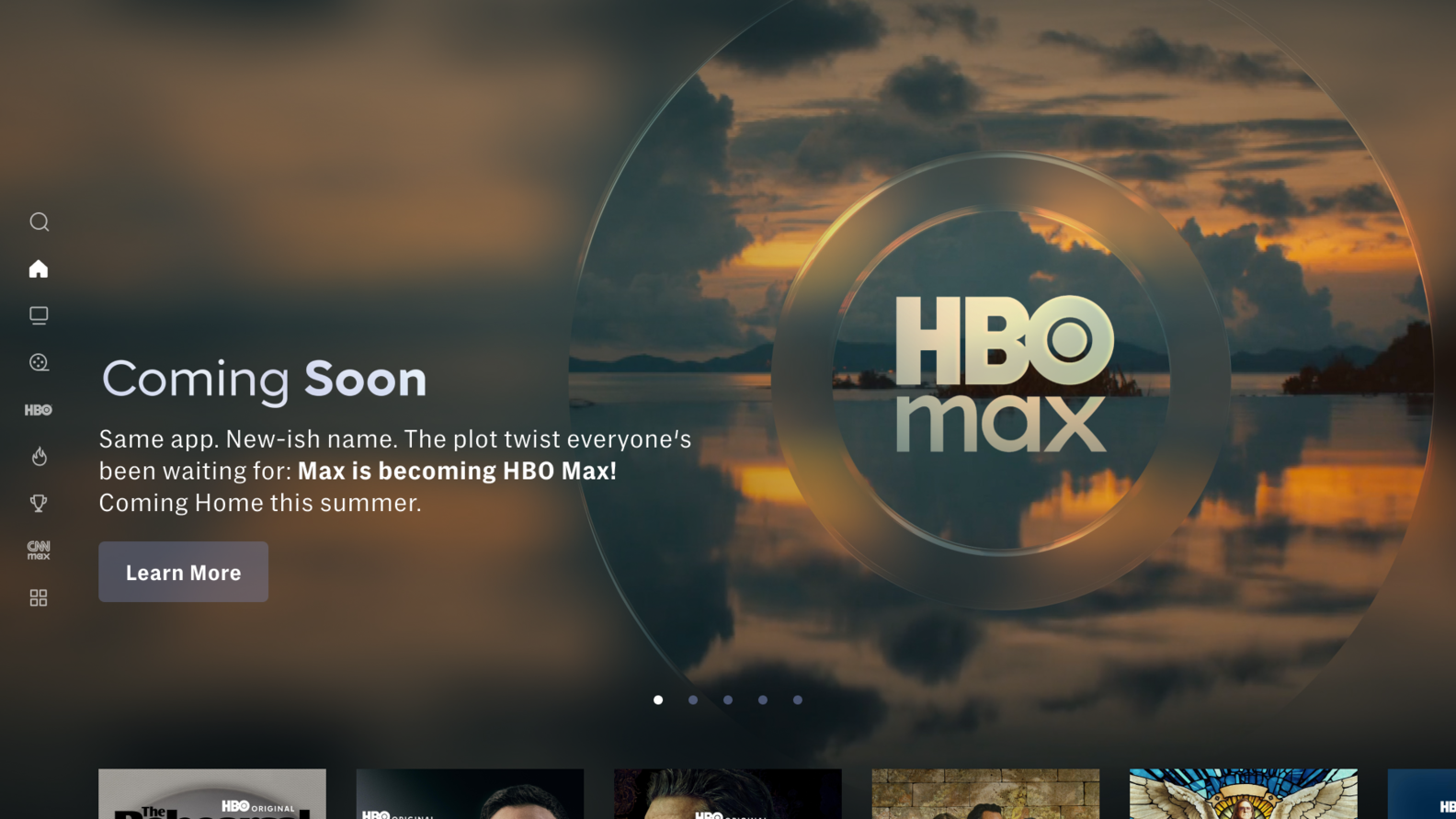The New Video Crafts For Multimedia
In the film industry, new technology has traditionally come at a snail's pace. Because of this, filmmakers have had time and tradition for perfecting their craft.
Video people have not been so lucky. Since 1975, when portable video first became a serious pursuit, the technology has evolved so rapidly that the only way to learn to use the tools was to dive in and get hands-on experience. In those early years, with catastrophic equipment breakdowns occurring almost daily, Rube Goldbergesque-mechanical skills were often the most valuable in ensuring the videomaker's economic survival.
Times have changed. Today's professional camcorders are dramatically better, lighter and cost less than the silver cell battery systems we used in the '70s. While a single camera video crew once cost over $100,000 to outfit, today's video entrepreneur can set up shop with the help of a single credit card.
Yet, as we've discussed previously in this column, equipment alone does not make the successful videographer. To take advantage of the enormous new media opportunities now available, one must quickly learn skills that earlier generations had many years to master. And, even that's not enough anymore.
Today's video entrepreneur must also learn to juggle all the new components now available for electronic storytelling. The video business used to be about traditional television. Now, in this multimedia universe, video has broken from the old boundaries. It's in this twilight zone of change that the greatest opportunities for success will be found. It's here that I see some major trends.
The first trend is that video is not about traditional television any more. Not only has television merged with the PC, but video is now crossing wide distribution platforms from iPods to theater screens. Now, even a basic Web site can be turned into a 24/7 TV station.
The important concept is the boundaries of video distribution are rapidly being erased. The role of gatekeeper--once the domain of broadcasters--has shifted to the individual viewer. We are moving toward a day when people watch what they like--anytime, anywhere and on any device. This trend has enormous implications for independent video creators.
Trend No. 2: the video display screen has gotten both bigger and smaller. Your pictures must sizzle on both. When working for the large-screen, high-definition display, get it right. Viewers are going to be painfully aware of mistakes. Poor lighting, bad makeup, poor scenic design are not acceptable.
This also applies to sound. Digital audio in the surround era can no longer be treated as video's stepchild. A competent sonic experience is essential. Millions of home theater owners now know the difference.
Finally, consider how the program made for the big screen will look on the tiny screen of a mobile phone, iPod or PDA. Will the inability to see important details be so frustrating to small screen viewers that your show will lose its emotional impact? How does one "protect" the experience for all viewers? It's not so easy, producers soon find.
Trend No. 3: Video is rapidly moving from a tape-based to a file-based domain. Not only does this dramatically alter the production processes ("workflow" is the new buzzword for it), but it changes the uses and presentation of video elements.
I once saw a demonstration of an electronic version of The New York Times. The front page looked conventional--with a layout of all the usual headlines, text and still images. However, when I tapped a still photo image with a finger, it instantly turned into full-motion video.
In short, this video became an important component in a new way of telling the larger story. And, after all, the value of video is just that--telling a story. Think multimedia. In today's converged electronic information environment, we have the power to combine media--be it video, audio, still images, text, graphics, whatever--to tell powerful stories in a fully interactive way.
To those that master this new story form, the future will be bright--very bright. These trends, combined with the low cost of entry, represent a titanic shift in the creation of electronic media. As we watch the old media business models crumble before our eyes, new opportunities abound for those with the skill, imagination and the willingness to take a risk at something new.
It's an exciting new frontier and, for now at least, it's up for grabs.
Get the TV Tech Newsletter
The professional video industry's #1 source for news, trends and product and tech information. Sign up below.
Frank Beacham is an independent writer based in New York.

